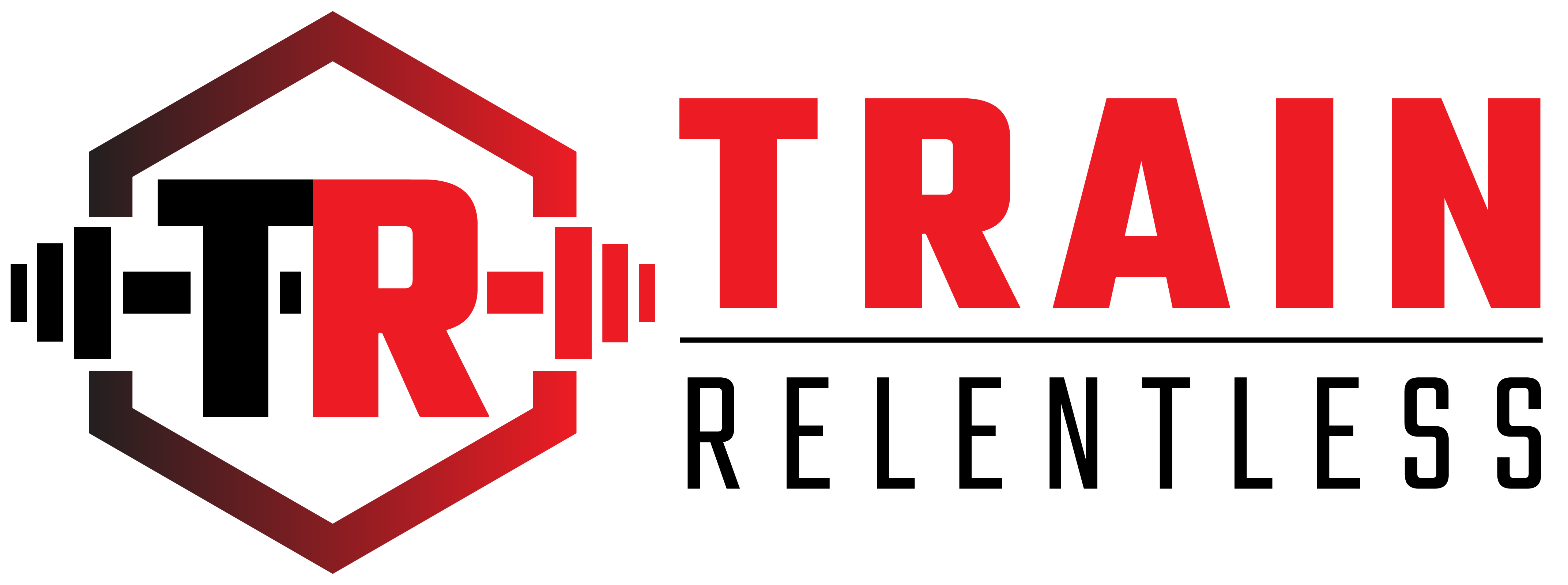There are countless meal plans that became popular over the years. There are those meal plans to help you bulk while there are those that can help you lose weight. But let’s get real. Just how many people stick to a diet plan? UCLA researchers even discovered that the majority of dieters don’t exactly lose weight. People on diets lose 5 to 10 percent of their starting weight in the first six months only to gain it back or more.
Whether it’s keto, intermittent fasting, or South Beach diet, it might be time to rethink how you approach your diet. Here are reasons why you shouldn’t stick to a rigid meal plan after all.
You can develop an eating disorder
Food should be seen as something that provides sustenance and nutrition to your body’s daily activities. Unfortunately, some tend to get frustrated that they gain weight after eating food. If this is the case, you will have to rewire your mindset.
Some resort to unhealthy strategies just to lose weight. And in some instances, they develop eating disorders. Some of the most common eating disorders include anorexia nervosa and bulimia.
Rigid meals can turn into an obsession and even fuel someone’s desire to lose weight and resort to extreme strategies. A study conducted on non-obese women discovered that rigid dieting is correlated with eating disorders alongside mood disturbances, BMI, and an excessive concern for one’s body size.
Exercise More
A rigid diet alone isn’t sustainable. Imagine yourself not eating carbohydrates for as long as you could following a keto diet. Or perhaps, you’d only eat once a day over fear that you are going to gain weight. You need to take a closer look at the daily activities that you do.
Just think of it this way, exercise burns calories. On top of that, you also get to develop muscles that can improve your metabolism.
Unfortunately, not a lot of people stay active. According to CDC, only 1 in 4 US adults meets the recommended physical activity guidelines of the agency.
Now, if you’re not physically active as an individual, don’t expect to be doing HIIT exercises a couple of times a week right off the bat. What you can do is start small instead. You can build from small habits such as starting easy exercises before increasing the level of difficulty. It also helps if you can get either a trainer or a training partner to keep you motivated.
But of course, you can’t outwork a bad habit. You still have to remember that being active can only give you flexibility in what you eat.
Monitor how many steps you take
Aside from doing actual exercises in the gym or at home, you can stay active just by walking more. You can monitor how many steps you’ve taken throughout the day. You can track how many steps you’ve walked using pedometer apps or fitness bands that are widely available in the market today. As a rule of thumb, walking 10,000 steps per day is a healthy goal.
Again, there’s no excuse for having a bad diet. However, being able to burn more calories from your activities will give you some elbow room to enjoy food a little bit better.
Drink more water instead
Another reason why you shouldn’t stick to a stringent diet is that there are simpler ways how to lose weight. For some people, it is all a matter of counting the number of glasses of water that they consume daily.
Drinking more water can help improve your metabolism, stop your cravings, and even help you perform workouts better. A lot of experts recommend drinking at least two liters of water a day. However, if you are an active individual, it is highly suggested that you drink more.
More dietary micronutrients
When it comes to suppressing your cravings, you might want to rethink how you control your urge to eat. Cravings can be a sign that you don’t meet your body’s micronutrient requirements. For instance, those who crave chocolates are believed to lack magnesium. On the other hand, those who crave cheese and meat are believed to lack iron and calcium.
This is something evident in pregnant women suffering from pica. Pica is a condition wherein a person is craving non-nutritive items from ice to cornstarch. Experts believe that micronutrient deficiency plays a role in this type of condition.
You want to eat lots of fruits and vegetables to meet your body’s micronutrient requirements. Also, high-fiber foods are known to suppress cravings.
Snack on peanut and peanut butter
Another great way to have an easier time controlling your urge to eat is by snaking on the right food. Snacking on peanuts and peanut butter is known to decrease appetite. What it does is secrete the hormone peptide YY. Secreted in the small intestines by the L-cells, it binds to the receptors of the brain which is responsible for making a person feel full.
Final Thoughts
Rigid meal plans are bound to fail. The reason why rigid meal plans “work” is because it allows a person to achieve a caloric deficit. In reality, you don’t need to be too strict to achieve caloric deficit. Instead, you can be smart in your approach.
